

Cain: Jeff Gordon’s most vibrant characteristics came from within
Editor’s note: NASCAR writer Holly Cain has covered the entirety of Jeff Gordon’s career.
It was the mid 1990s — post Richard Petty, prime Dale Earnhardt — and people in the garage, media center and grandstands had taken notice of NASCAR’s mustached newcomer in the bright rainbow-colored Hendrick Motorsports No. 24 Chevrolet.
“Hey, this Gordon kid’s pretty good.”
That was the overwhelming sentiment — part reverence and part wonder. Pretty “great” as it turned out. The car had bright colors, but illumination came from within.
As the then 21-year-old rookie began going door-to-door with NASCAR’s best, it became apparent that NASCAR’s best simultaneously liked the new competition, respected his … uh … gumption, and conceded greatness certainly was on the horizon. The veterans raced him hard. He had to earn every pass, every win, every championship trophy. And Gordon did. Often.
For all his work on track and all his contributions away from the track, Gordon’s amazing, once-in-a-generation career will be honored Friday night in Charlotte, North Carolina, as the four-time NASCAR Cup champion and 93-race winner is formally and reverently inducted into the NASCAR Hall of Fame — not surprisingly, in his first year of eligibility.
PHOTOS: Every Gordon victory
Timing has been something Gordon mastered early on. His career spanned two distinct NASCAR eras. He won championships competing wheel-to-wheel with greats such as Dale Earnhardt, Rusty Wallace, Dale Jarrett and Terry Labonte – all fellow Hall of Famers. The latter part of his career he went door-to-door with new generation of champions in Jimmie Johnson, Kyle Busch and Tony Stewart – all sure-bet eventual NASCAR Hall of Famers, too.
Speaking with Gordon now, he insists that even from the very beginning, it actually was his competitors who taught him most about racing in NASCAR’s big leagues. He was intently watching them, learning from the masters in real time. And clearly, he was a quick learner.
“I was the kind of driver that when you put me in something for the first time I was always kind of anxious wondering what it was going to be like and if I would be capable getting the most out of that car,” Gordon told me last week. “After that, I usually had the answers because it went well. And that helps you build confidence in your abilities.
“So I go all the way back to 1989 when I started driving USAC, really when my pavement career started. I got in the car and we won and that led to 1990 winning a lot of races, all the TV races and started getting recognition. … I go back to all the firsts I did and it always was the same to me. I was nervous, I was unsure and then something good would happen shortly after that and all of a sudden I was like, ‘man, I can do this.’ ”
Although he won one of the Daytona qualifying races in 1993, his first regular-season victory came in his second full year when he won the 1994 Coca-Cola 600 at Charlotte. Rusty Wallace was the runner-up followed by Geoffrey Bodine and Dale Jarrett — Wallace and Jarrett already are NASCAR Hall of Famers.
Gordon’s star-power was further realized when he won the inaugural Brickyard 400 at Indianapolis two months later — beating a field that included four-time Indy 500 winner A.J. Foyt, in addition to NASCAR stars such as Earnhardt, Labonte, Jarrett and Bill Elliott.
Gordon’s first championship came a year later in 1995 at the age of 24. He went from winning a couple races to reeling off a season-best seven victories. He hoisted his first championship trophy having beaten five-race winner Earnhardt by 34 points in the season standings. Sterling Marlin and Hall of Famers Mark Martin and Wallace rounded out the top five in points that year.
RELATED: Future Hendrick Motorsports owner?
The championship celebration included a “milk” toast between Gordon and Earnhardt. It remains one of the most iconic moments in NASCAR championship history.
And it truly was just the beginning. He was so good that his early-career mustache would have had a Twitter handle in today’s time.
Earnhardt and others kidded Gordon for his “khakis and penny loafers” look during a time more of the sport’s stars were about “Wrangler jeans and cowboy boots.” But they respected Gordon’s talent behind the wheel and his foresight out of the car. Perhaps they appreciated that Gordon was the talent and personality that could span the old and new eras — that respected and raced hard against Earnhardt and provided a high-achievement target for eventual up-and-comers too.
Off the track, Gordon was a trailblazer as well. He came to NASCAR via California and Indiana and didn’t speak with a Southern accent. His background was USAC, not short tracks in the Carolinas. And it was OK.
He started a diversification of the sport that is widely evident today. Racers saw NASCAR as a viable option of competition no matter where in the country — or world — they began their careers.
Gordon became the first — and is still the only — NASCAR driver to host the hugely popular NBC show “Saturday Night Live.” And all of this together — Gordon’s “look,” his background, his media savvy — are talents that current seven-time champ Jimmie Johnson thinks changed the entire landscape of the sport.
“I smile and I’m so happy for him,’” said Johnson, a friend and former teammate hand picked by Gordon to drive for Hendrick Motorsports. “We all knew he’d be a first ballot. Just happy for Jeff and his family to experience that and kind of put a cherry on top of an amazing career that was so inspiring for so many.
“His career behind the wheel we know the stats, but I don’t know if people watching the sport today, especially the new fans understand the significance of Jeff making the sport relevant nationally. He really transcended the sport.”

Perhaps a sure-bet sign that Gordon was good, was when the fans started to turn on him. It is a sort of NASCAR tradition. He won 10 races in 1996, 10 more in 1997 and 13 in 1998. Three of his four titles came during that time (1995, 1997 and 1998) and he finished runner-up to Terry Labonte in 1996.
Fans either loved him or hated him — largely depending on their previous driver loyalty. As Gordon’s career went on, however, he won many of them back with his passion. People may not have admitted it at the time, but there was a great appreciation for Gordon’s competitiveness.
He would school drivers on track and he was not afraid to confront them out of the car, producing several famous off-track confrontations that won over fans as much as his racing did.
Gordon and Stewart screamed at each other at Watkins Glen in 2007, Gordon and Jeff Burton got into a shoving match at Texas in 2010 and we all know what almost happened at Phoenix with Clint Bowyer during the 2012 playoffs.
And yet, throughout his career Gordon remained — and still remains — a class act. He was superb at his craft, kind out of his car, honest and motivated.
Gordon is the ultimate example of what uncommon talent and deep passion can produce: A champion. A Hall of Famer.
The post Cain: Jeff Gordon’s most vibrant characteristics came from within appeared first on Official Site Of NASCAR.

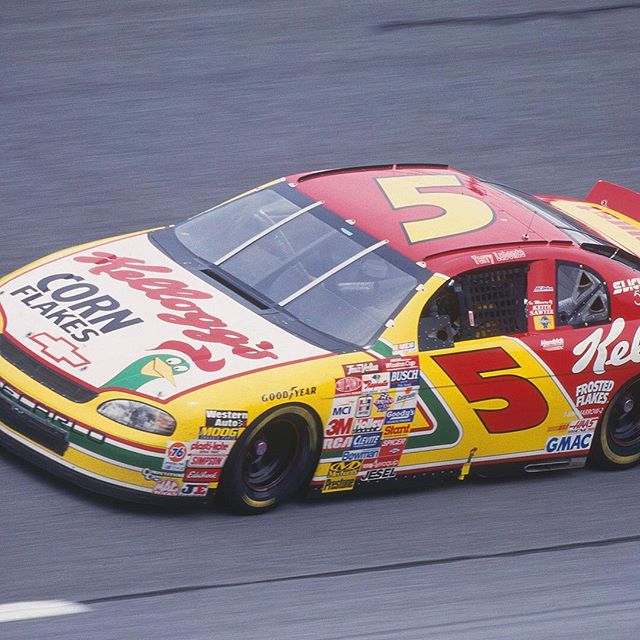
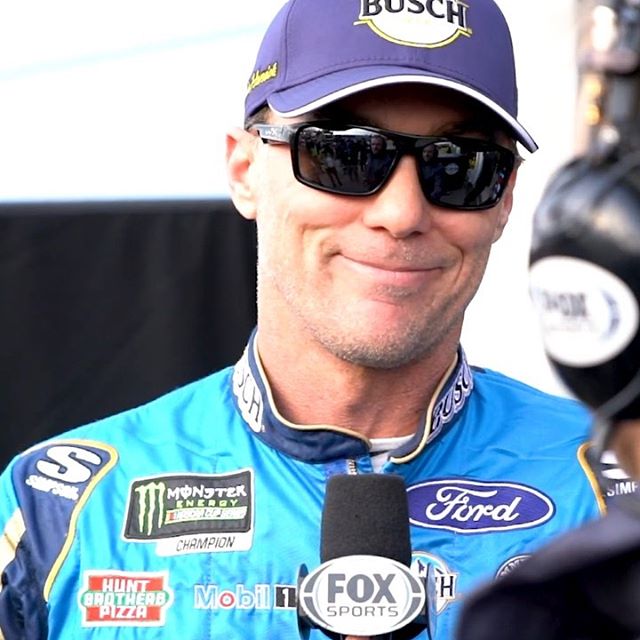
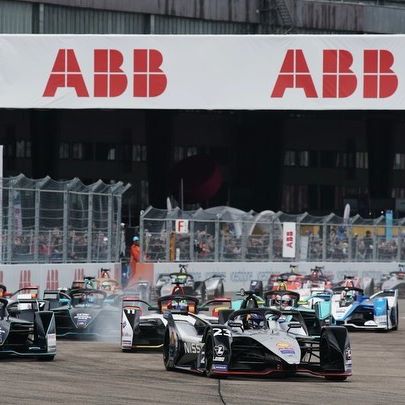


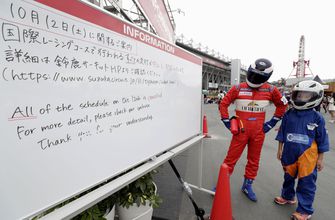
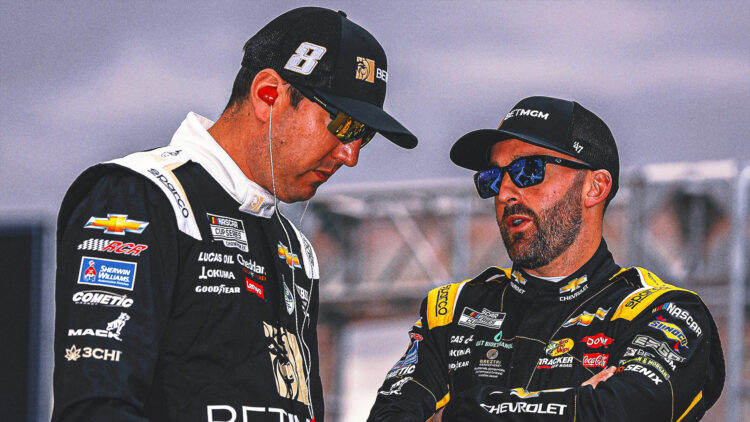
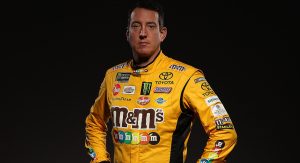
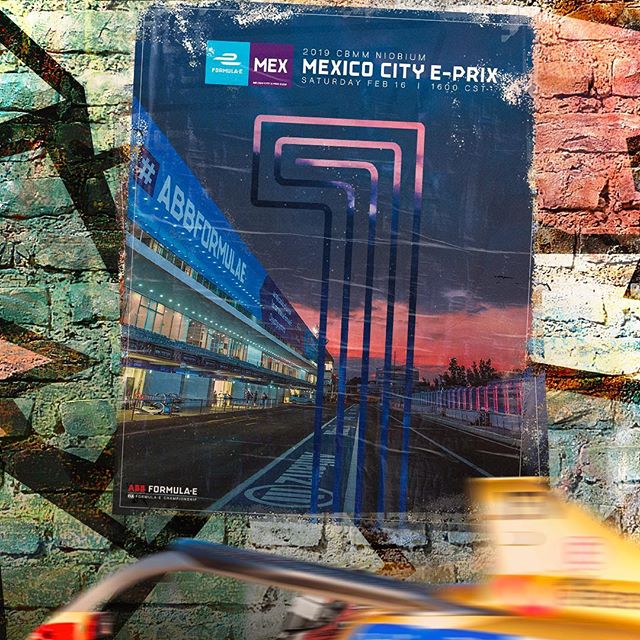
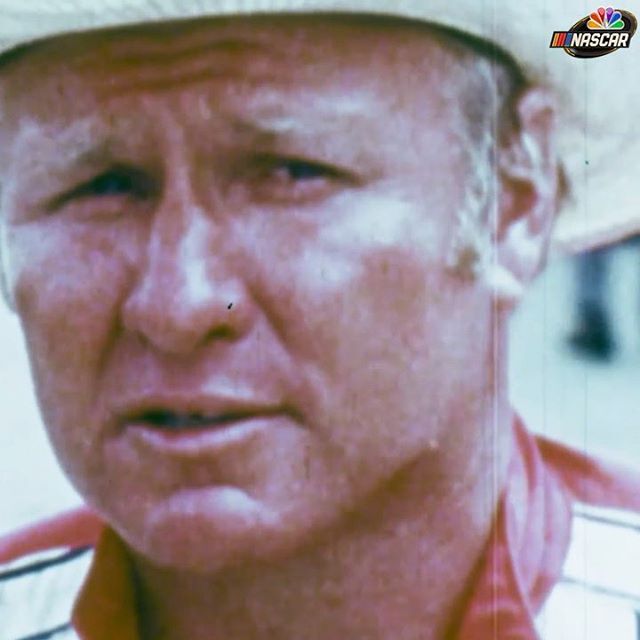
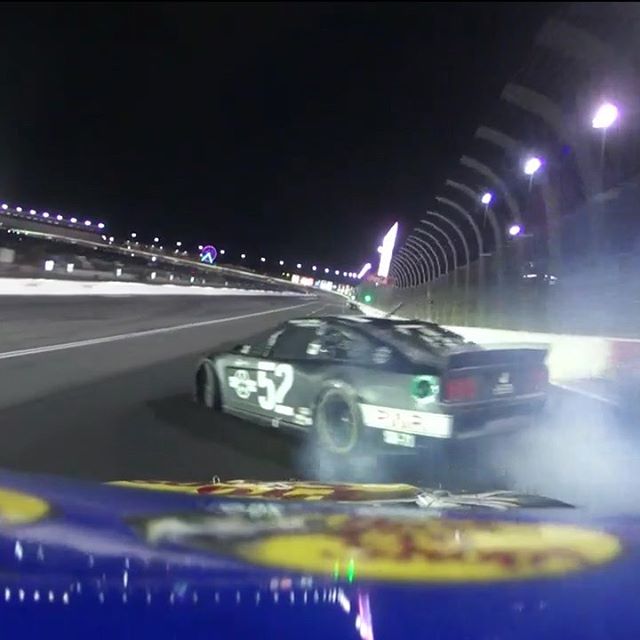

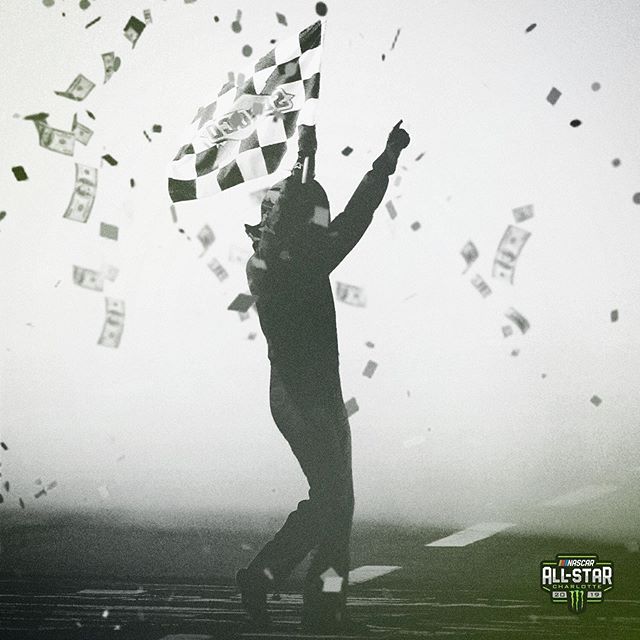
Leave a Comment